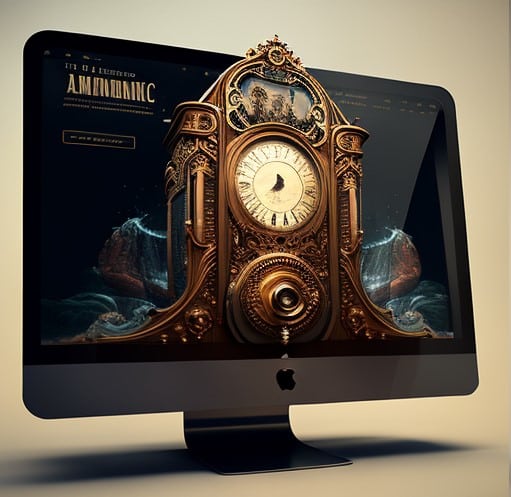Website Design Trends: A Journey Through Time
The world of website design has come a long way since its inception. The continuous evolution of design trends and technologies has shaped the way websites are built and function today. In this blog post, we will take a journey through time to explore the website design trends that have developed over the years. The talented team at Local and Qualified have witnessed these changes, adapting and growing with the industry to provide clients with modern, functional, and engaging websites.
The Early Days: 1990s
In the early 1990s, website design was limited by the technology available. The introduction of HTML allowed for the creation of simple, text-based websites with basic formatting. During this time, websites primarily served as online brochures, with limited interactive features.
Key trends during this period included:
1. Text-heavy designs
2. Limited color palettes
3. Basic typography
4. Static, non-responsive layouts
The Rise of Web 2.0: Early 2000s
With the advent of Web 2.0, the internet became more interactive and user-focused. The introduction of CSS allowed designers to separate content from design, resulting in more visually appealing and organized websites. The use of Adobe Flash also enabled rich multimedia content and advanced animation.
Key trends during this period included:
1. Skeuomorphic design
2. Flash-based websites
3. Use of gradients and drop shadows
4. Fixed-width layouts
The Mobile Revolution: Late 2000s
As smartphones became more prevalent, website design had to adapt to cater to different screen sizes and devices. Responsive design emerged as a solution, allowing for a single website design to adapt and fit various screen sizes.
Key trends during this period included:
1. Responsive design
2. Mobile-first approach
3. Minimalism and flat design
4. Increased use of icons and typography
Modern Design Trends: 2010s – Present
In recent years, the focus on user experience (UX) has taken center stage, with designers striving to create seamless, user-friendly websites. The introduction of new technologies, such as HTML5 and CSS3, has enabled designers to craft more dynamic and visually appealing websites.
Key trends during this period include:
1. Parallax scrolling
2. Large, bold typography
3. Micro-interactions and animations
4. Full-width images and videos
5. Material design and use of cards
For a deeper dive into specific years’ trends, check out our other articles:
In conclusion….
Over the years, website design trends have evolved in response to technological advancements and changing user preferences. As we continue to push the boundaries of design and technology, the talented team at Local and Qualified remains dedicated to staying ahead of the curve. Our commitment to providing exceptional website design services ensures that our clients receive modern, functional, and engaging websites that stand the test of time.
For more information about our website design services or to discuss your project with our team, visit https://localandqualified.com/services/website-design/.





